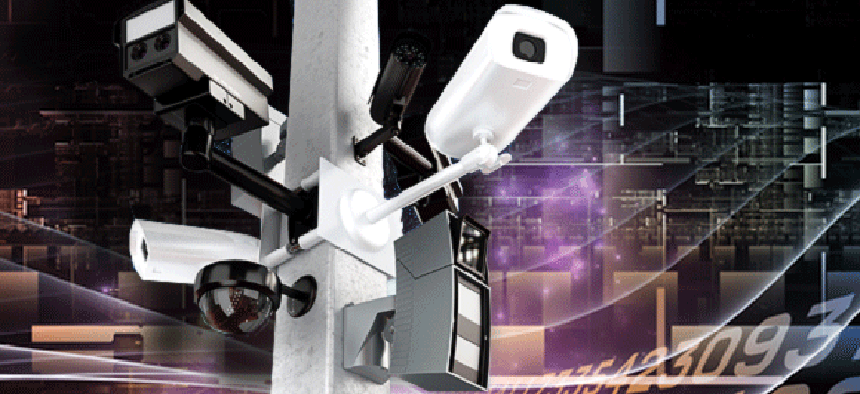Emerging protocol can help manage the Internet of Things


Connecting state and local government leaders
MQTT, proposed as an OASIS standard, can help agencies manage all the data generated by sensors, mobile devices and other machine-to-machine networks.
The ever-expanding networks of sensors and other machine-to-machine devices on the “Internet of Things” are creating huge stores of data for everything from traffic and weather monitoring to health care and finance.
And there will only going be more of them. Sensors, for example, will play a key role in the Obama Administration’s recently released National Strategy for Civil Earth Observations, a plan to increase the efficiency and effectiveness Earth-observations. Along with other steps toward streamlining the efforts of the 11 agencies involved in the observations, it calls for extensive use of sensors in gathering the data.
Of course, having all that data is one thing. Making sense of it — quickly — is another. One key is the emerging Message Queuing Telemetry Transport (MQTT) protocol, a lightweight messaging transport for machine-to-machine communications that recently was proposed as an OASIS standard.
OASIS in March began the process “to define an open publish/subscribe protocol for telemetry messaging designed to be open, simple, lightweight and suited for use in constrained networks and multi-platform environments.” The protocol, which consumes little power, is designed to help sensors and other devices — which tend to be low-power and low-bandwidth — communicate reliably.
While OASIS works on a standard, MQTT already is being put to use. IBM said support of MQTT was “foundational” to its just-released MessageSight appliance, which is designed “help organizations manage and communicate with the billions of mobile devices and sensors found in systems such as automobiles, traffic management systems, smart buildings and household appliances.”
IBM cites research estimating that by 2020 there will be 22 billion devices connected to the Web, generating 2.5 quintillion bytes of data daily, enough to fill 7 million DVDs every hour. (For comparison, when HD Moore, lead researcher for Rapid 7, recently pinged the entire Internet “for fun,” he found 3.7 billion connected devices, Technology Review reported. Other estimates are higher; Cisco puts the number at 8.7 billion.)
Products such as MessageSight, part of IBM’s Smarter Planet strategy, allow for real-time processing of all that information. The company said Message Sight can support 1 million sensors or smart devices at a time, and it can handle up to 13 million messages per second. In situations such as traffic monitoring or weather emergencies, it can allow agencies to make decisions quickly.
In developing a standard for MQTT, OASIS said it should allow bi-directional messaging, reliable messages on networks with limited bandwidth and have connectivity awareness for devices and networks that are intermittently connected. It also should be flexible enough to allow for high-volume bursts of data (perhaps as will weather sensors in a hurricane) and, because of its open architecture, support a growing range of devices.




